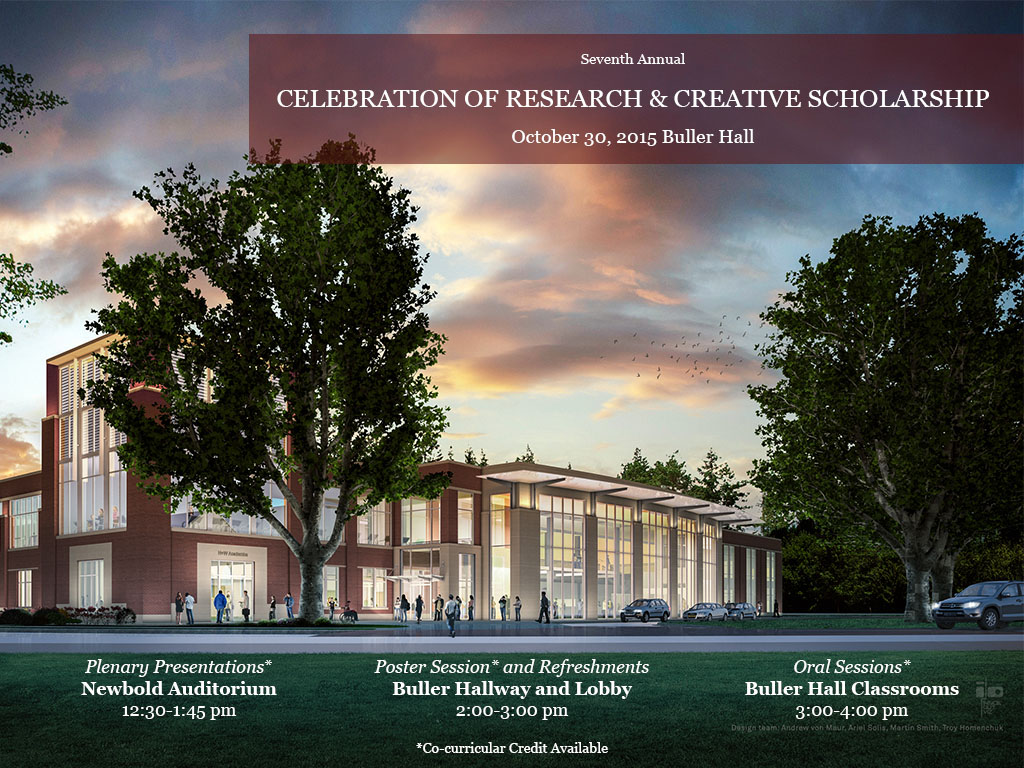P-15 Exploring the Physical Home Environment of Older Adults in the U.S. : Results from the National Health and Aging Trends Study
Presenter Status
Assistant Professor, Department of Social Work
Second Presenter Status
Graduate Research Assistant, Department of Social Work
Preferred Session
Poster Session
Start Date
30-10-2015 2:00 PM
End Date
30-10-2015 3:00 PM
Presentation Abstract
The majority of older adults prefer to age in their own home and to maintain as much independence as possible (Bayer & Harper, 2000; Rantz et al., 2011). In 2012, only a small percentage of people 65 and older (3.5%) lived in institutional settings (Administration on Aging, 2012). Time studies indicate that older adults spend as much as 90% of their time at home (Baker, Keall, Lyn, Howden-Chapman, 2007). With such high levels of exposure, the home environment is a potential force for both enhancing and limiting well-being. The primary purpose of this project is to explore the physical home environment of older adults in the United States using the National Health and Aging Trends Study and to develop an initial measurement model of the construct for use in later projects. This poster summarizes the demographic characteristics of 6,665 community dwelling older adults from this population-based sample. Sample weights are applied to account for survey design. The prevalence of physical home environment features in the homes of older adults living in the community are presented and chi square tests of independence are conducted to identify categorical differences.
P-15 Exploring the Physical Home Environment of Older Adults in the U.S. : Results from the National Health and Aging Trends Study
The majority of older adults prefer to age in their own home and to maintain as much independence as possible (Bayer & Harper, 2000; Rantz et al., 2011). In 2012, only a small percentage of people 65 and older (3.5%) lived in institutional settings (Administration on Aging, 2012). Time studies indicate that older adults spend as much as 90% of their time at home (Baker, Keall, Lyn, Howden-Chapman, 2007). With such high levels of exposure, the home environment is a potential force for both enhancing and limiting well-being. The primary purpose of this project is to explore the physical home environment of older adults in the United States using the National Health and Aging Trends Study and to develop an initial measurement model of the construct for use in later projects. This poster summarizes the demographic characteristics of 6,665 community dwelling older adults from this population-based sample. Sample weights are applied to account for survey design. The prevalence of physical home environment features in the homes of older adults living in the community are presented and chi square tests of independence are conducted to identify categorical differences.




Acknowledgments
This project is funded by a 2015-2016 Faculty Research Grant and a Graduate Research Assistantship.